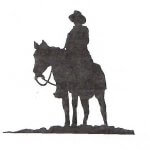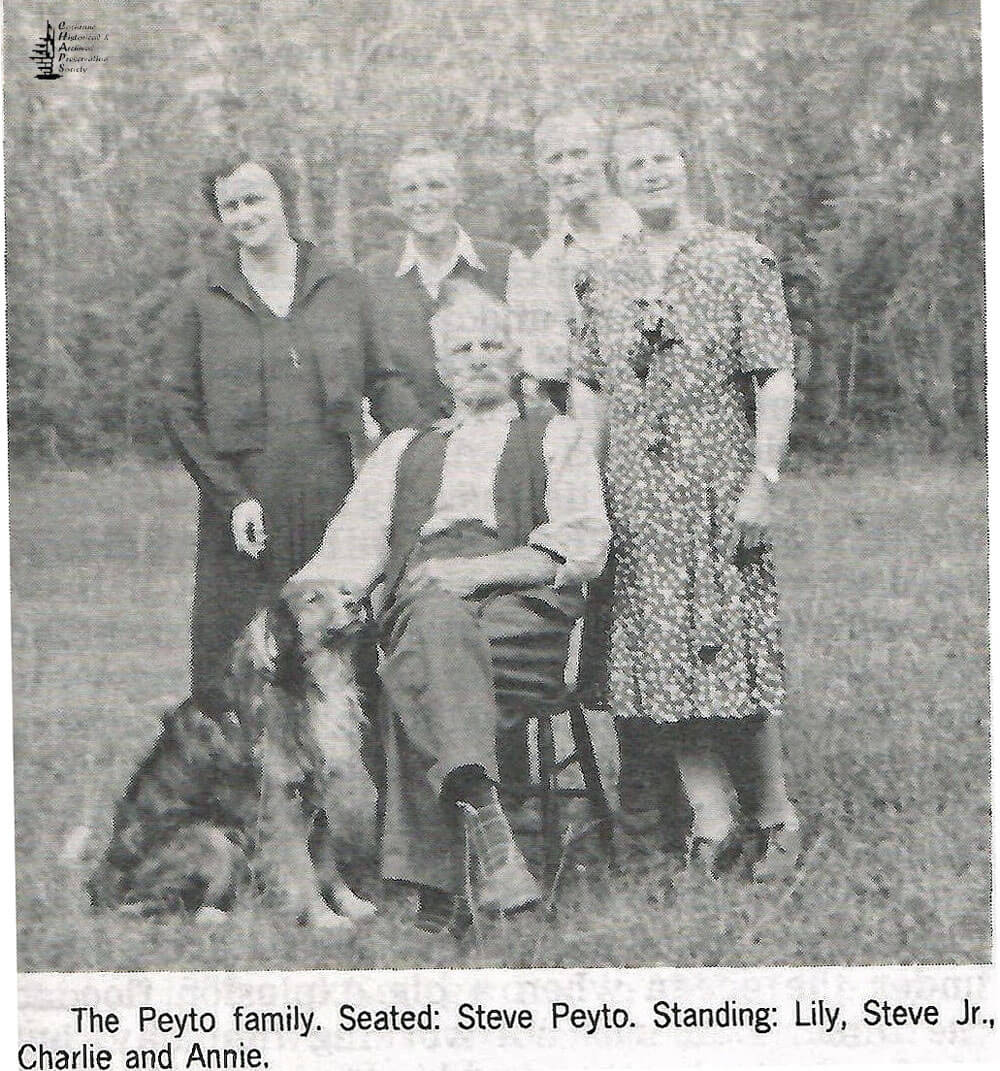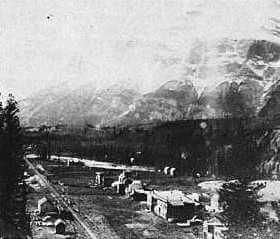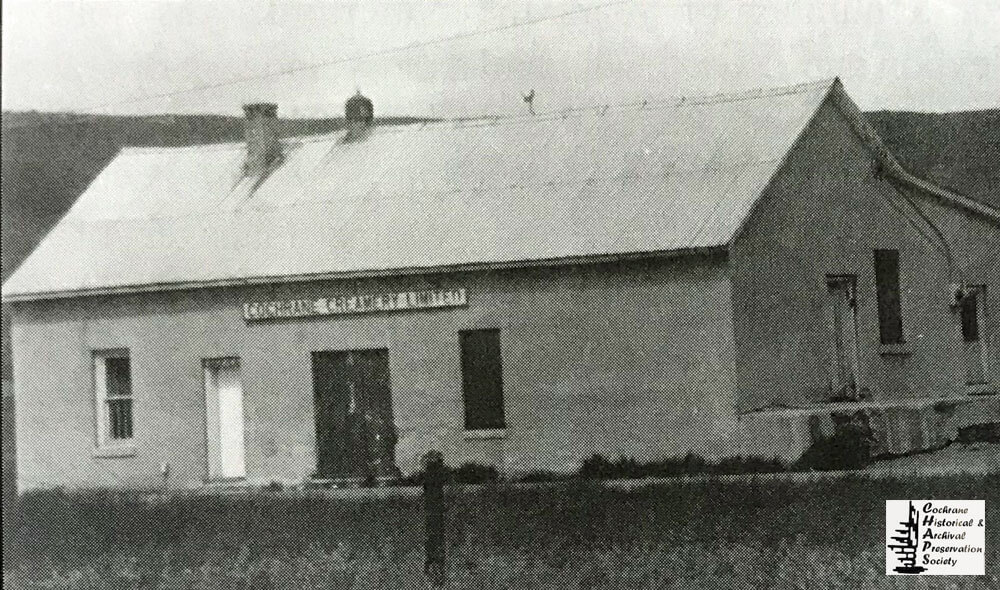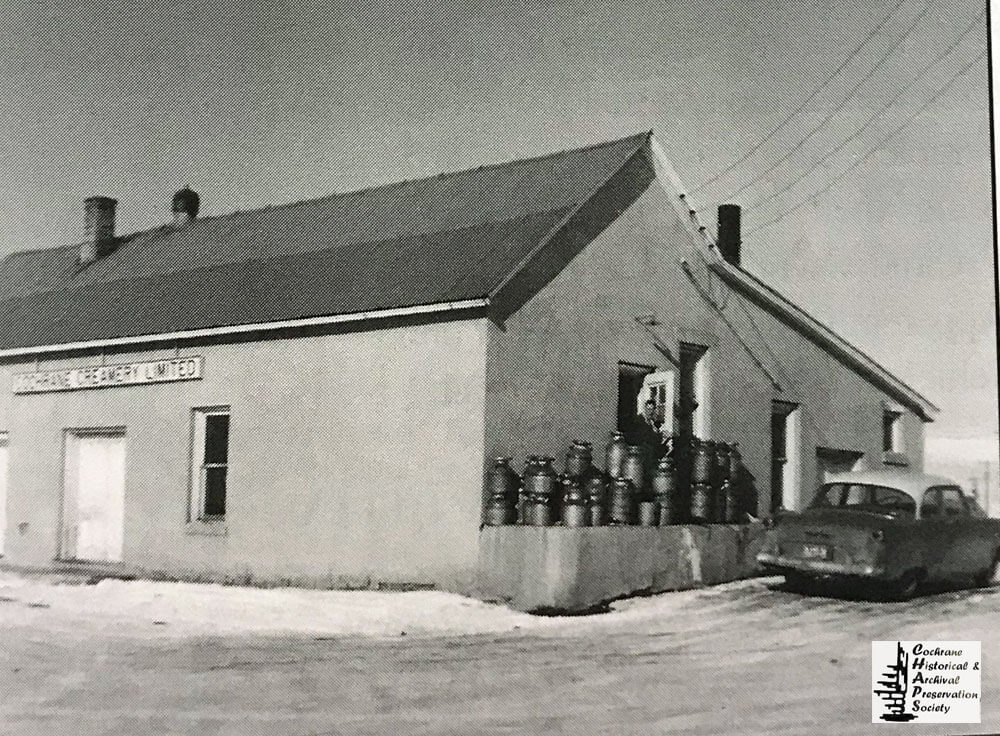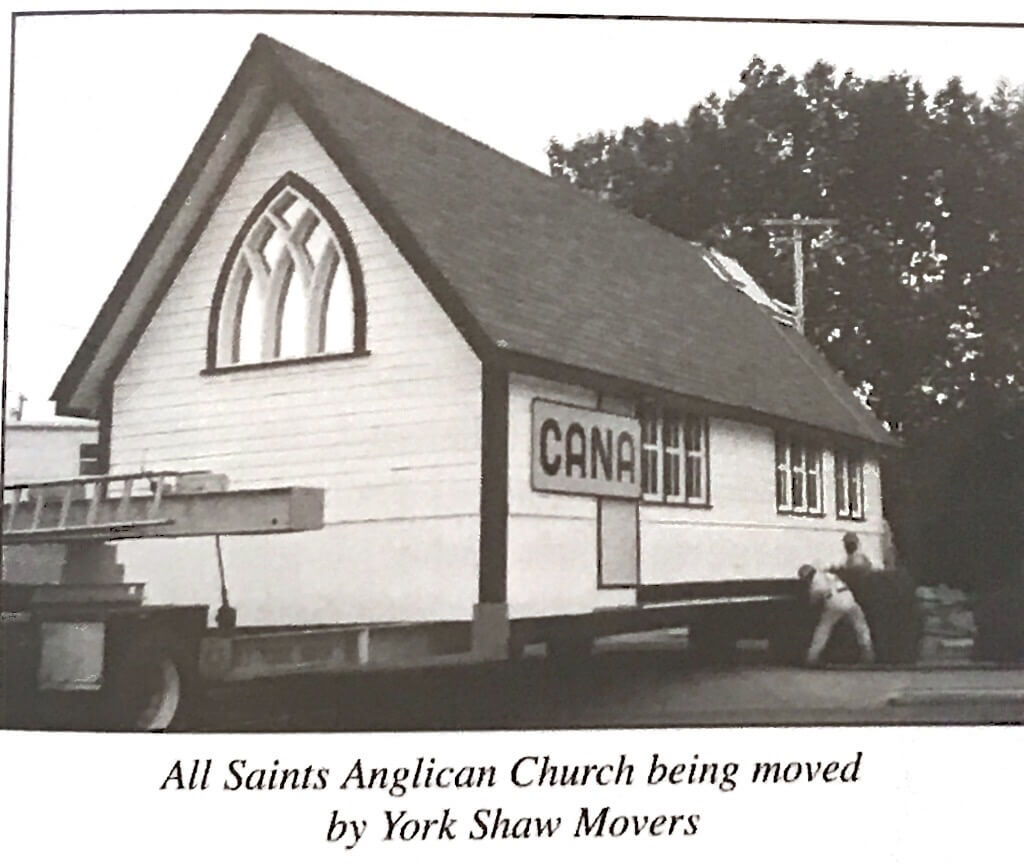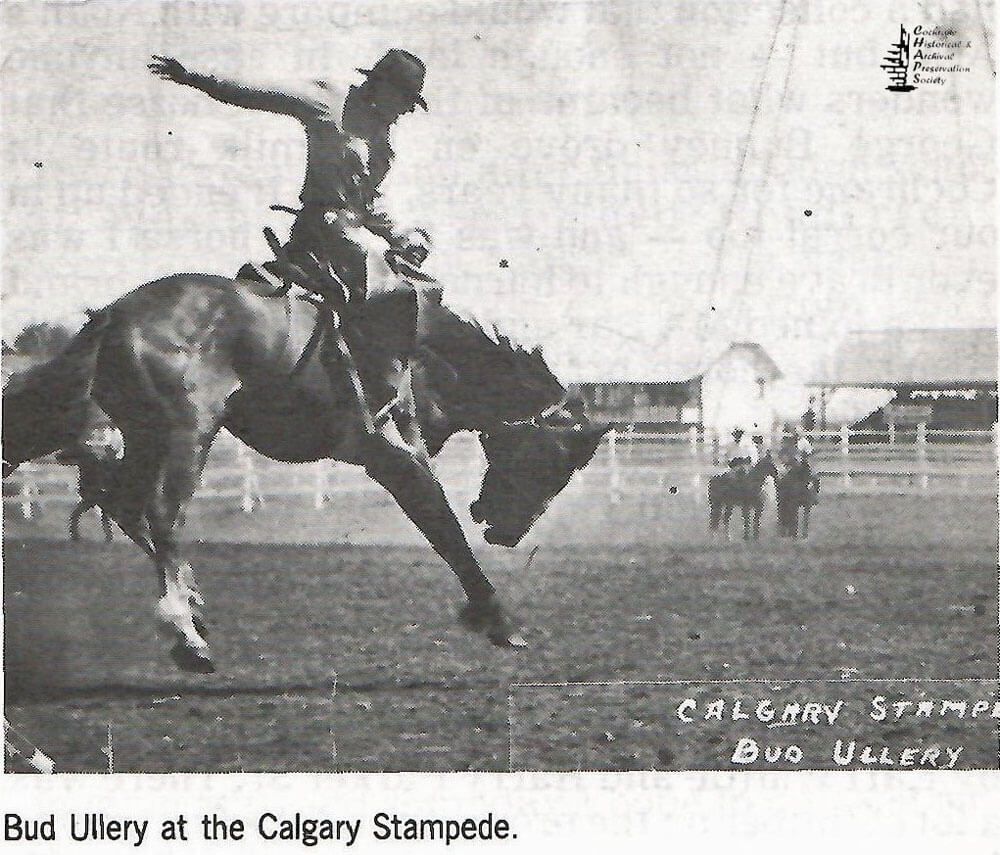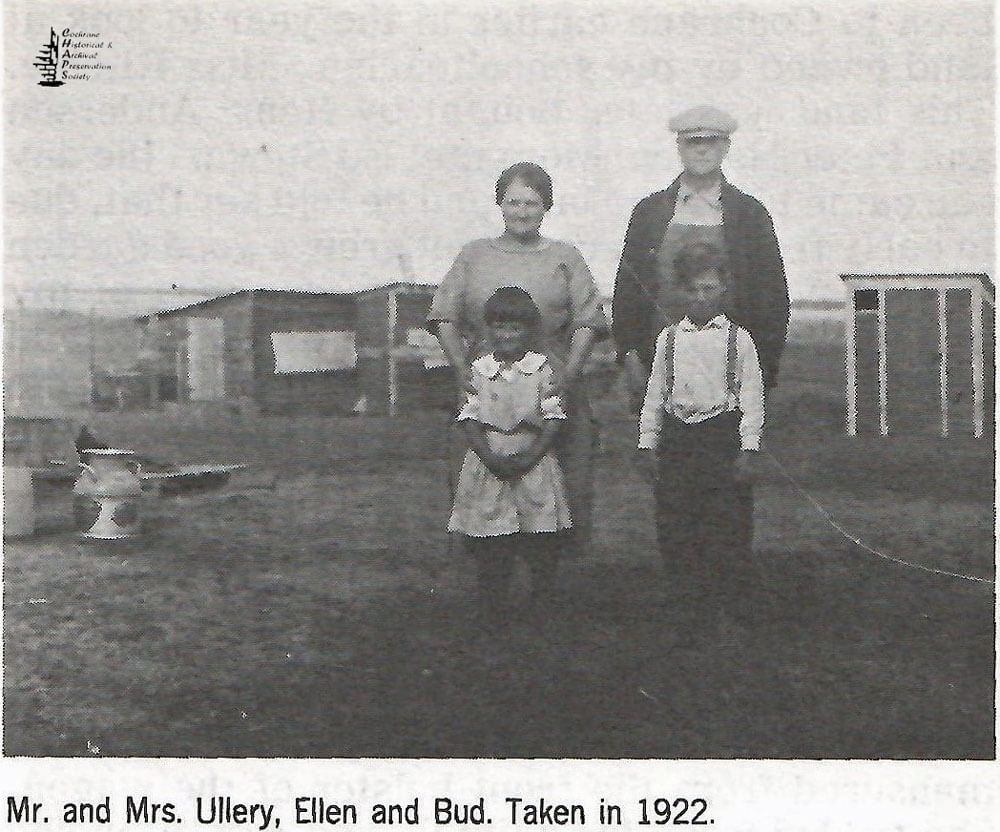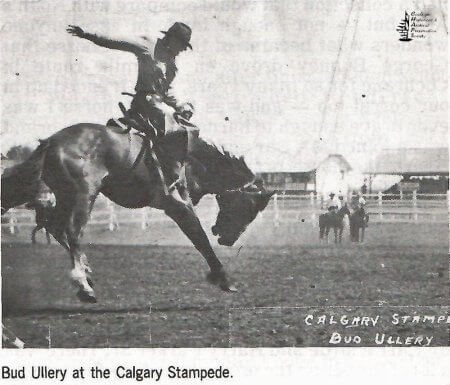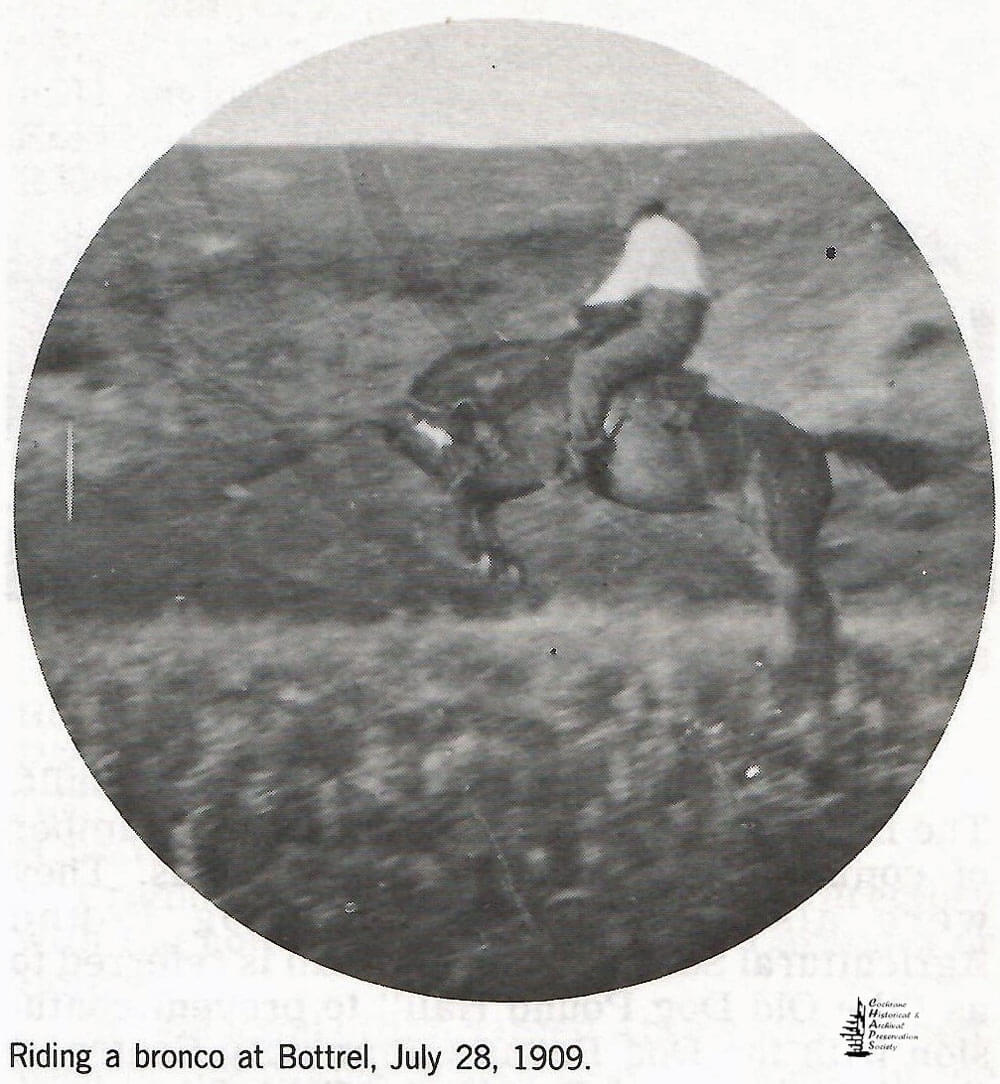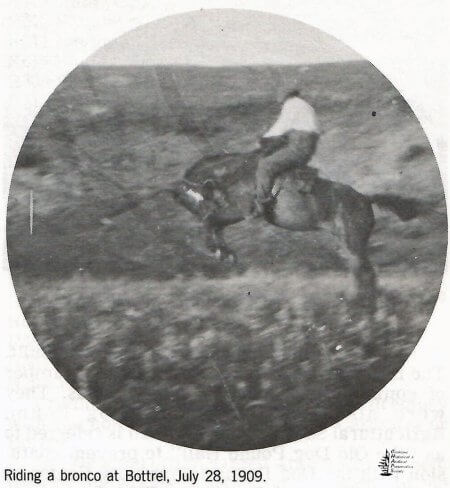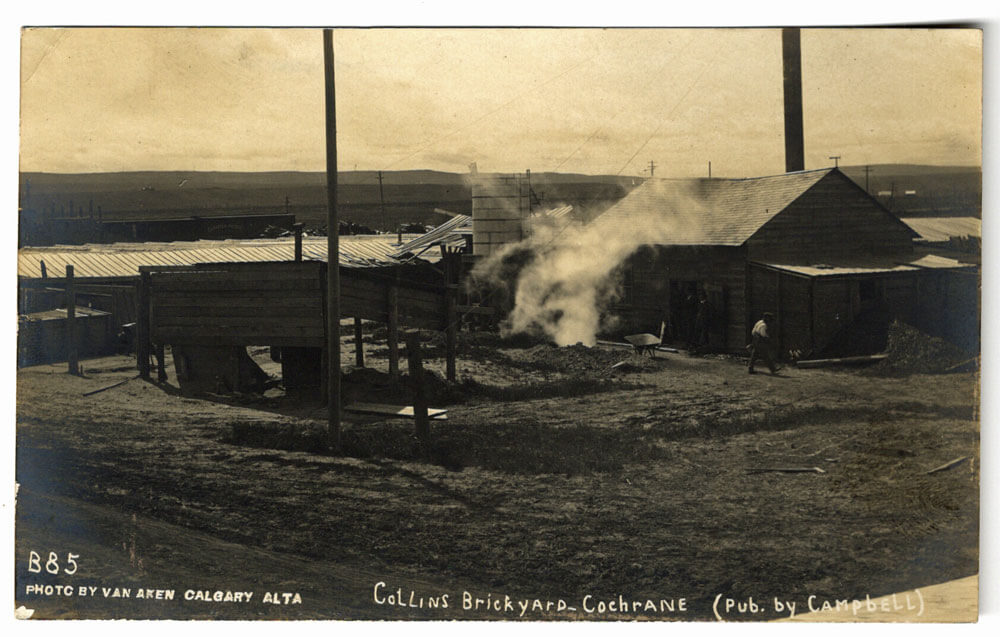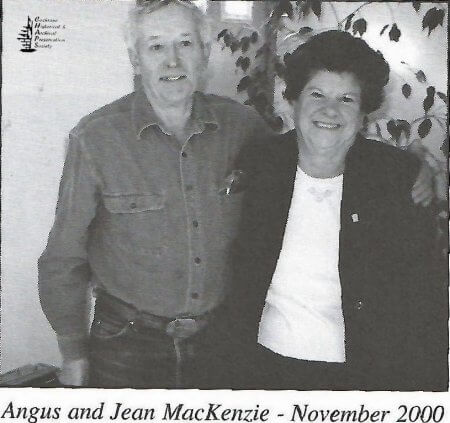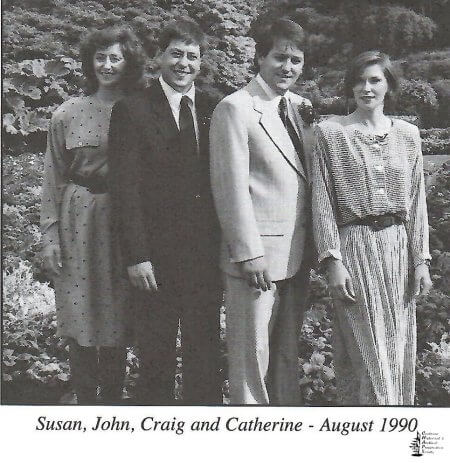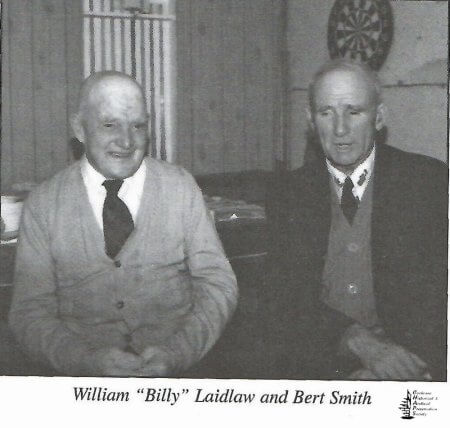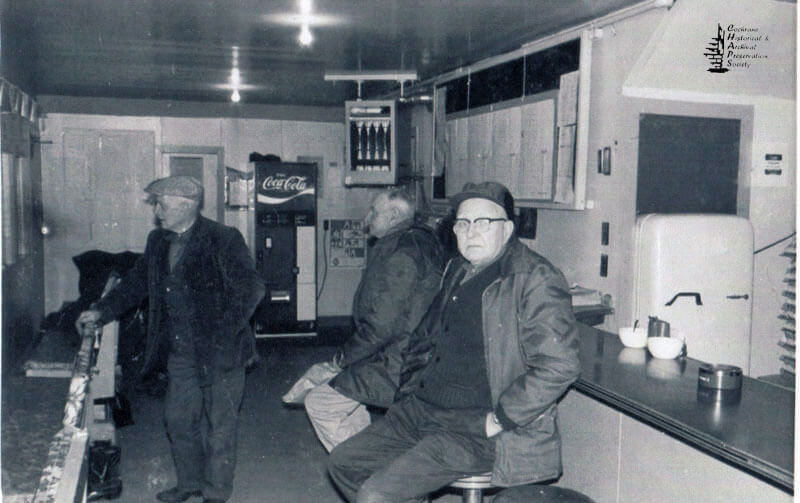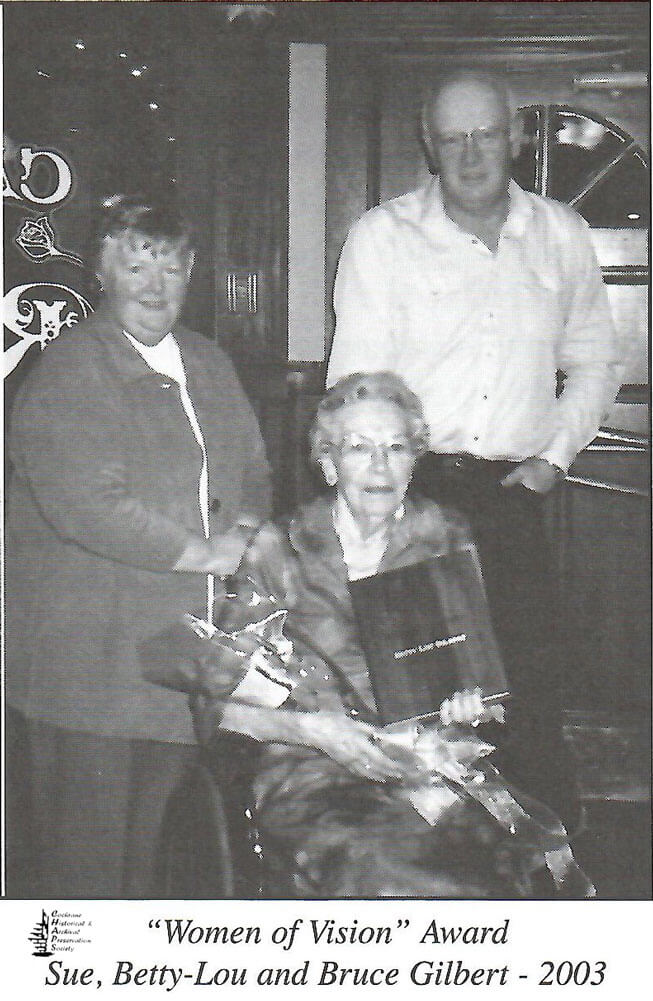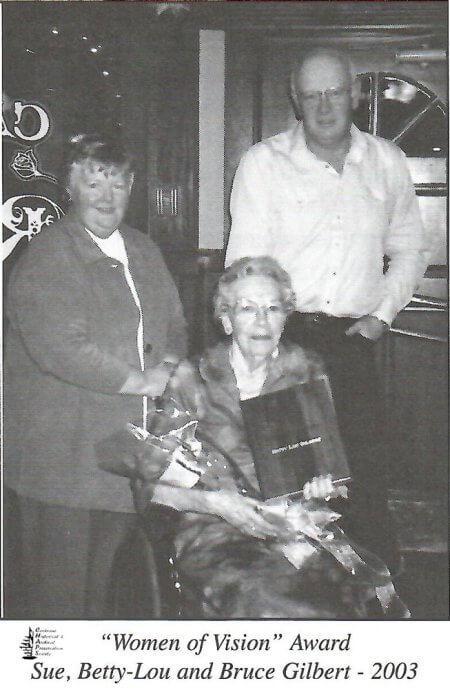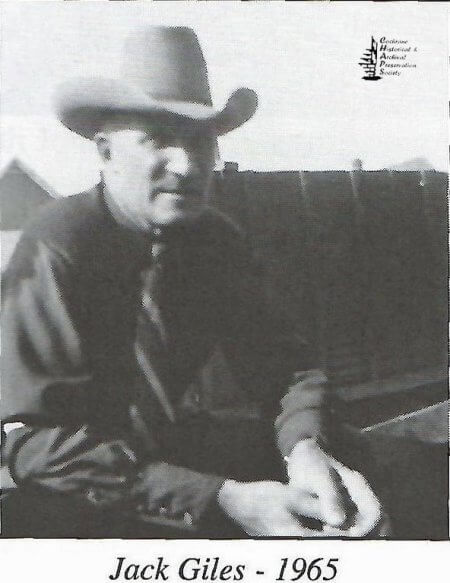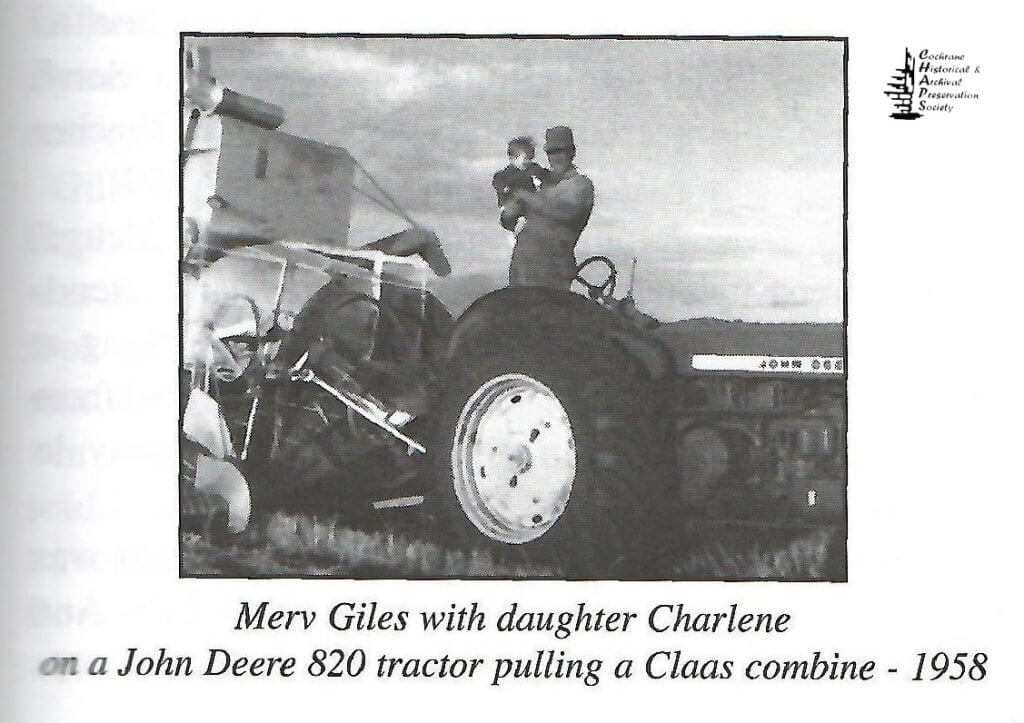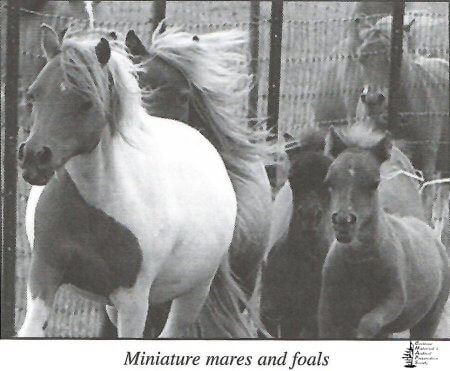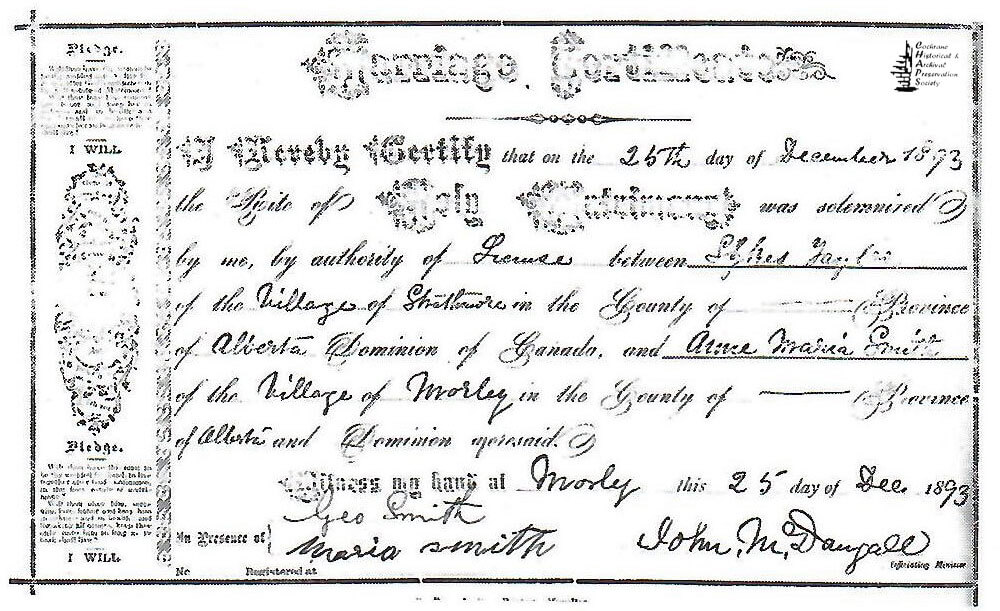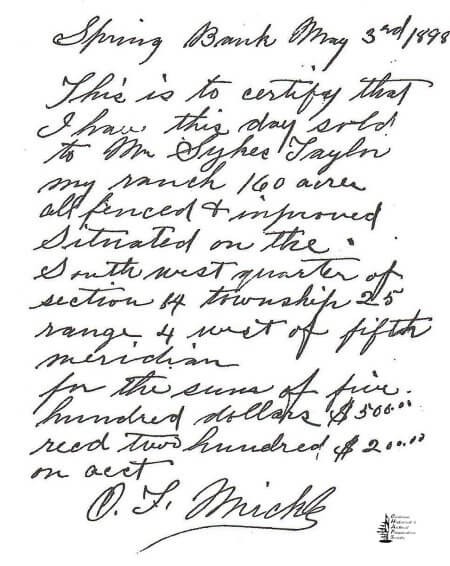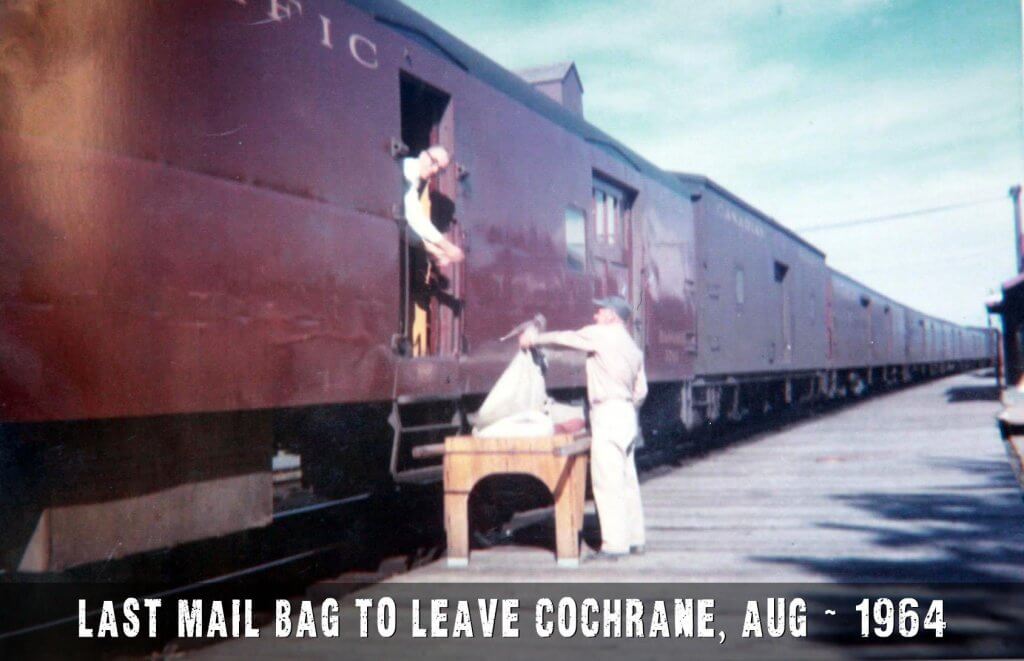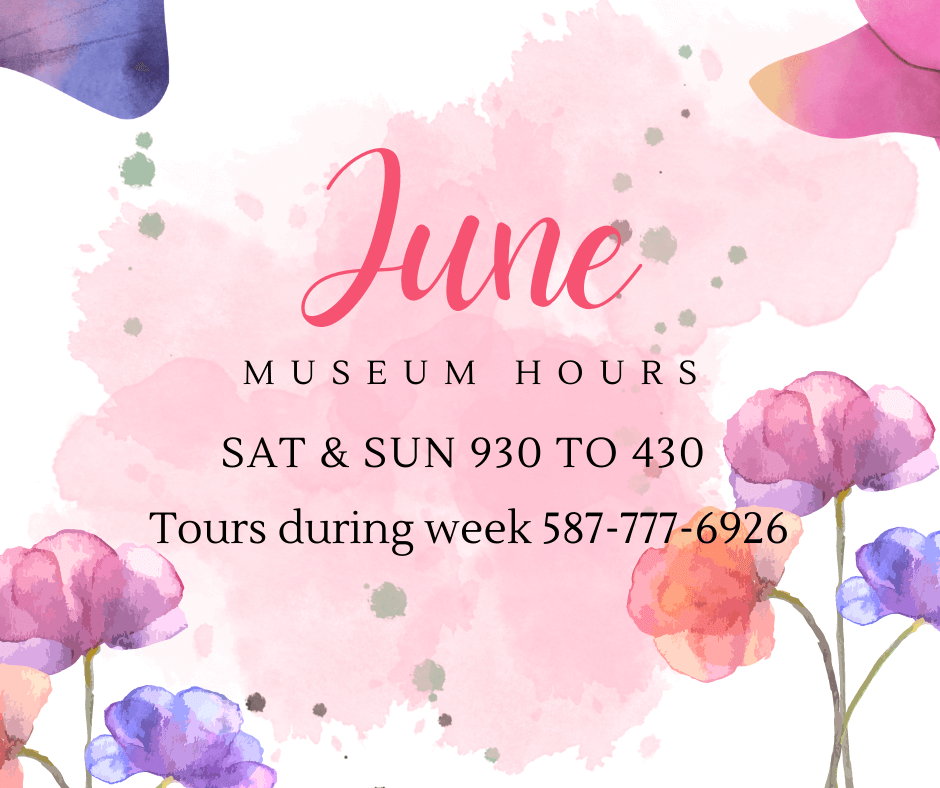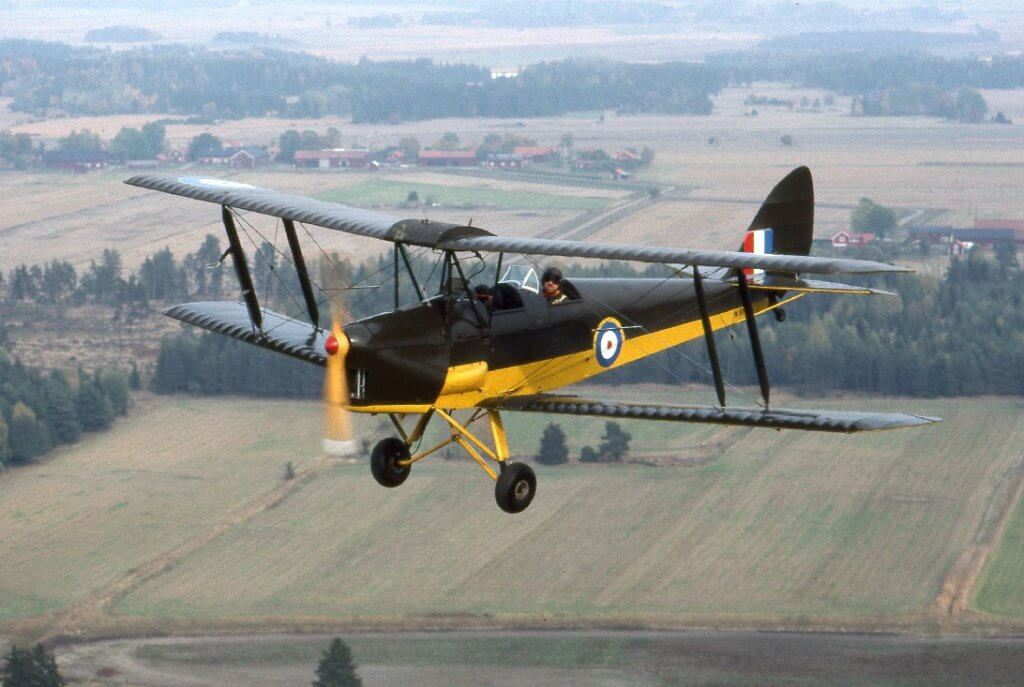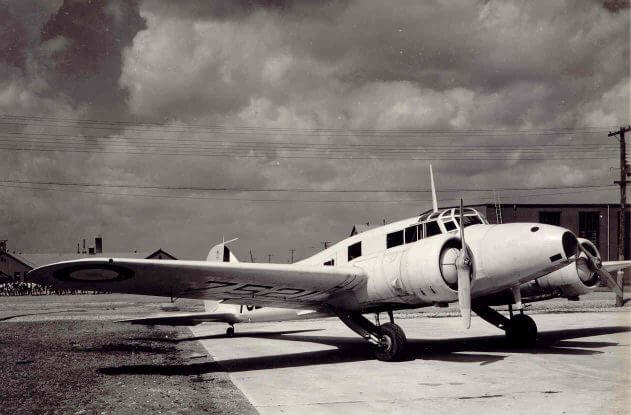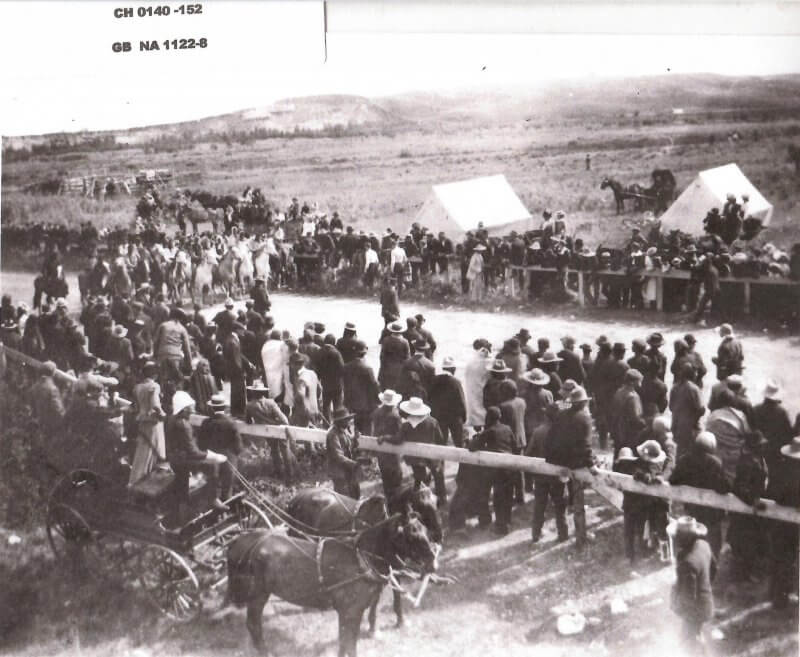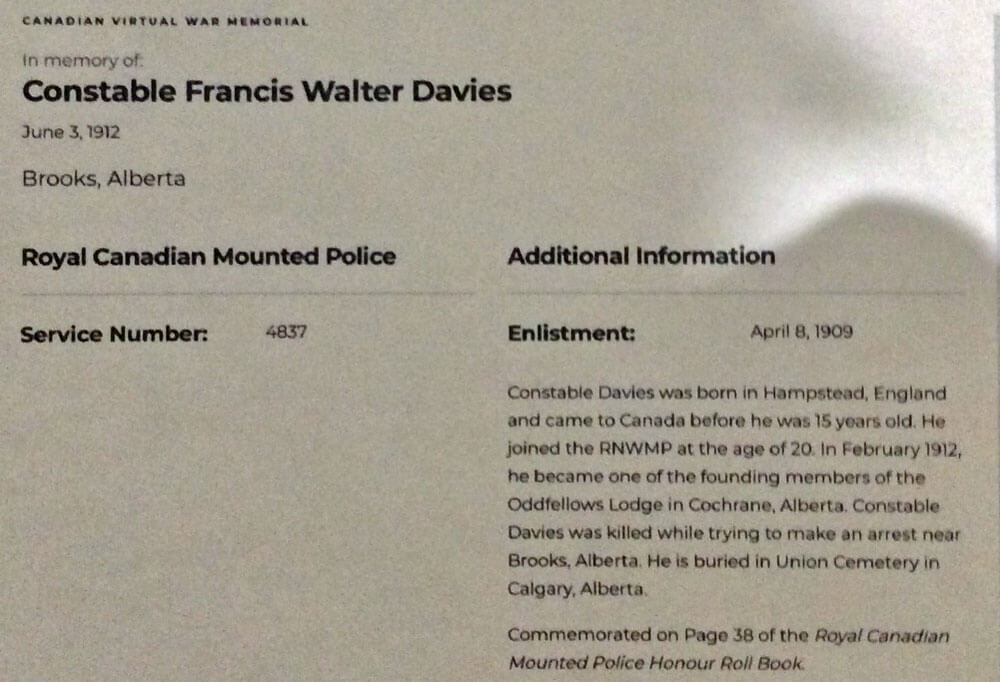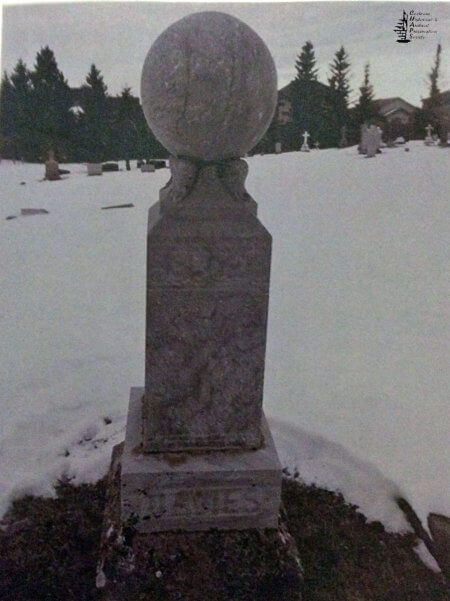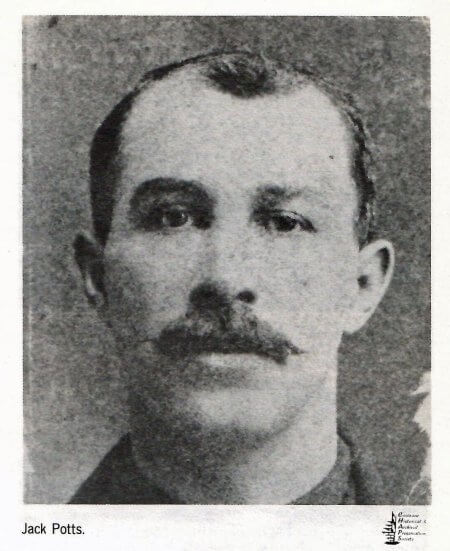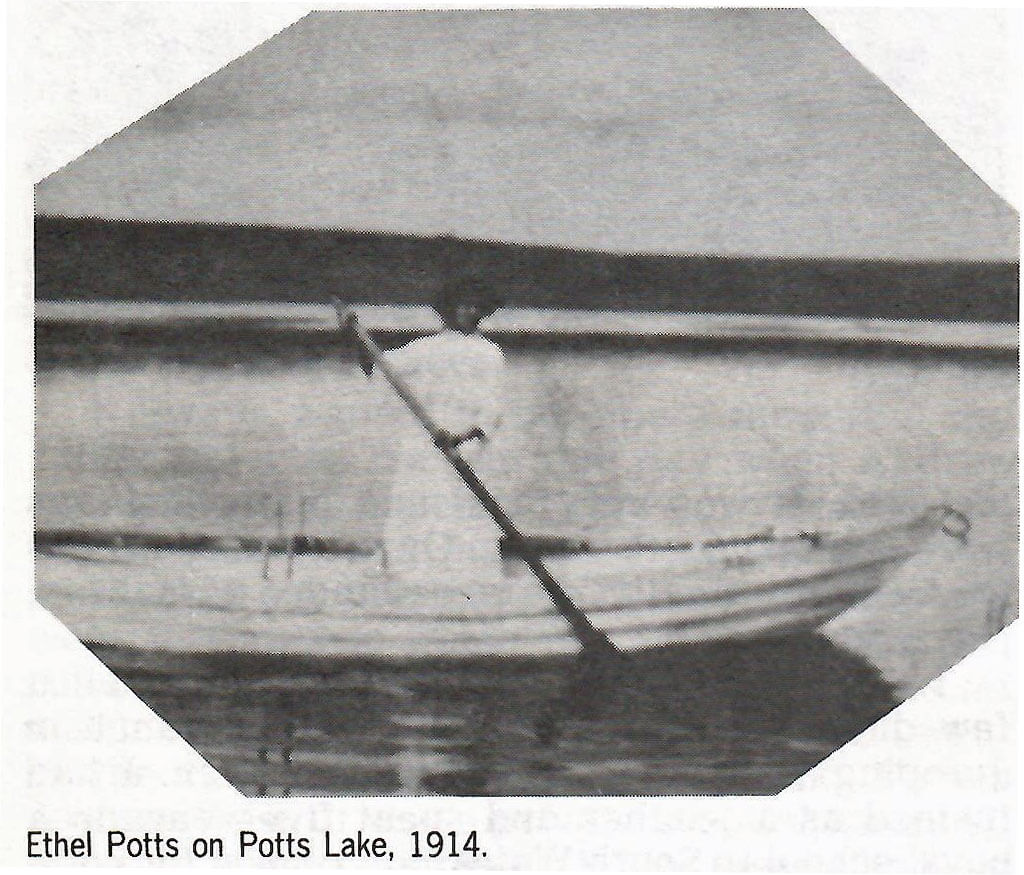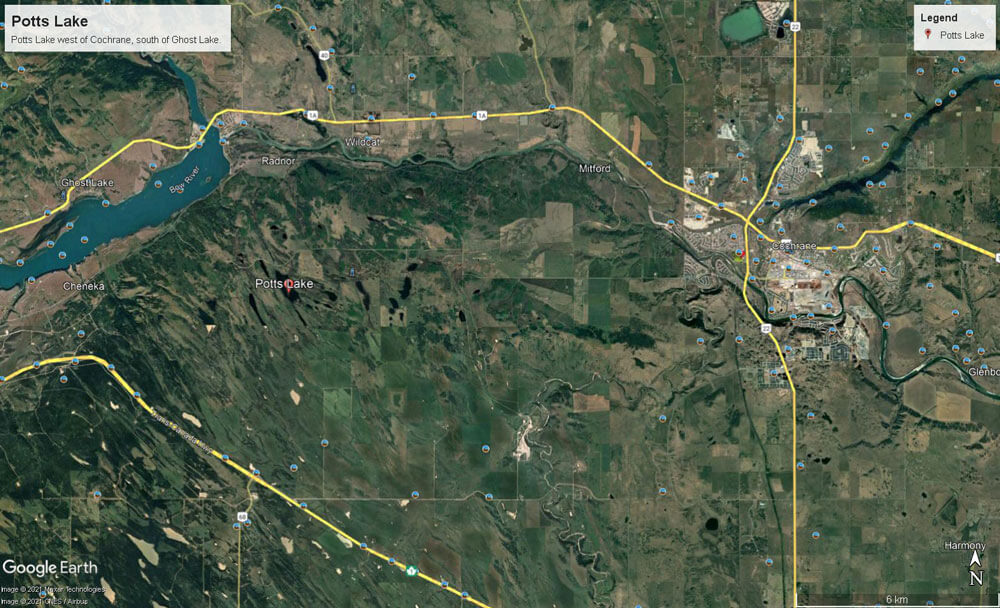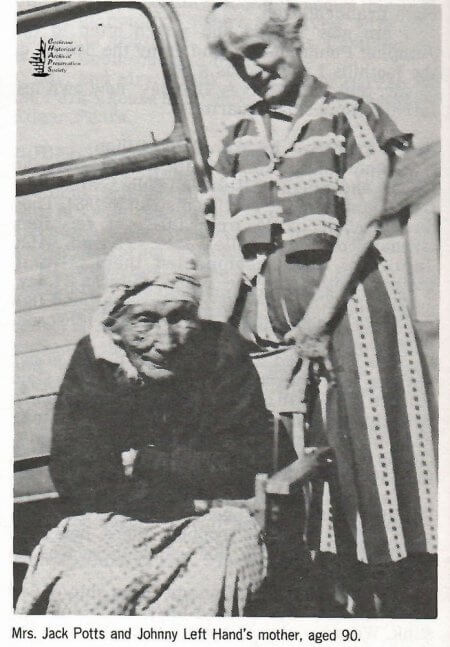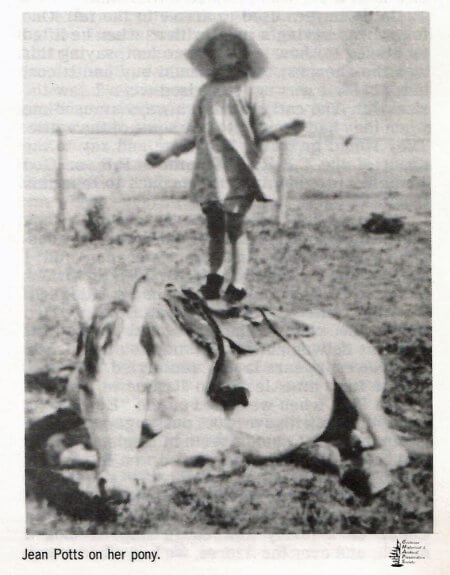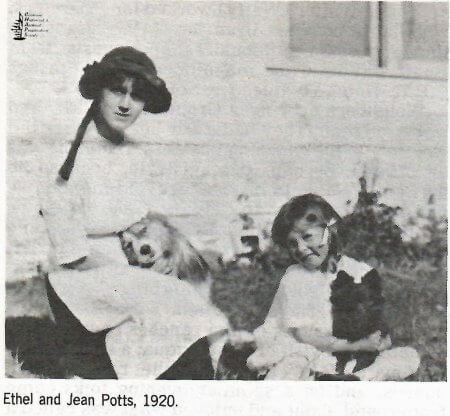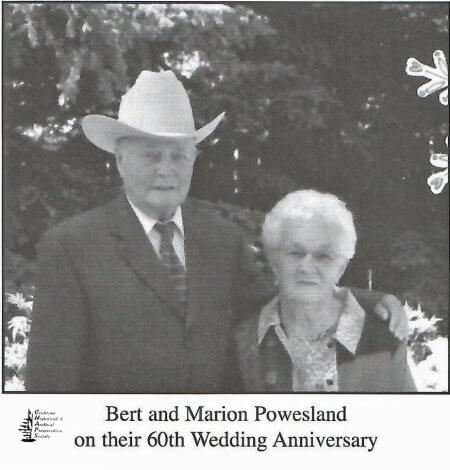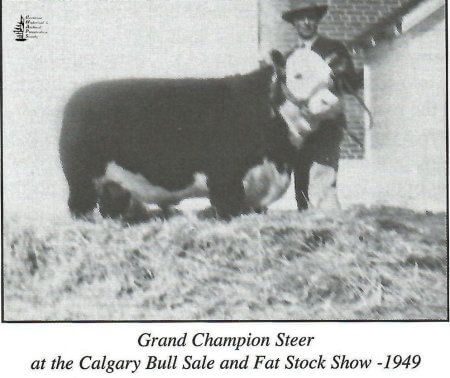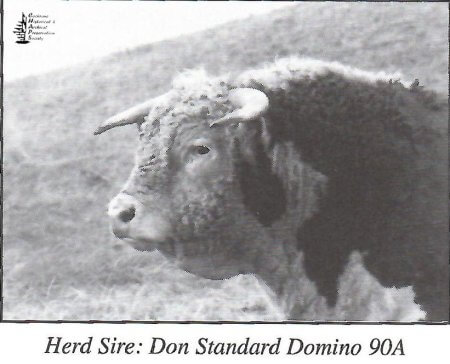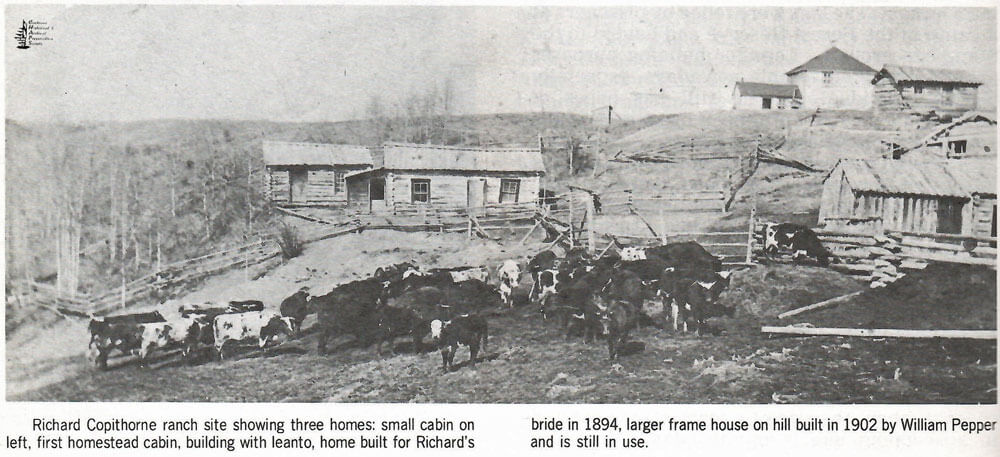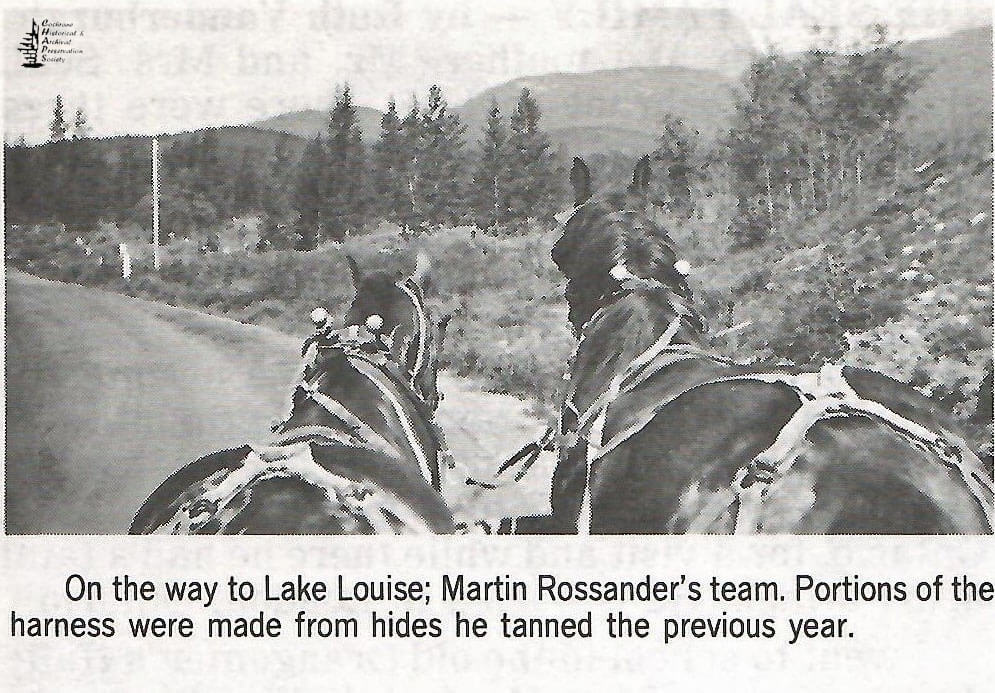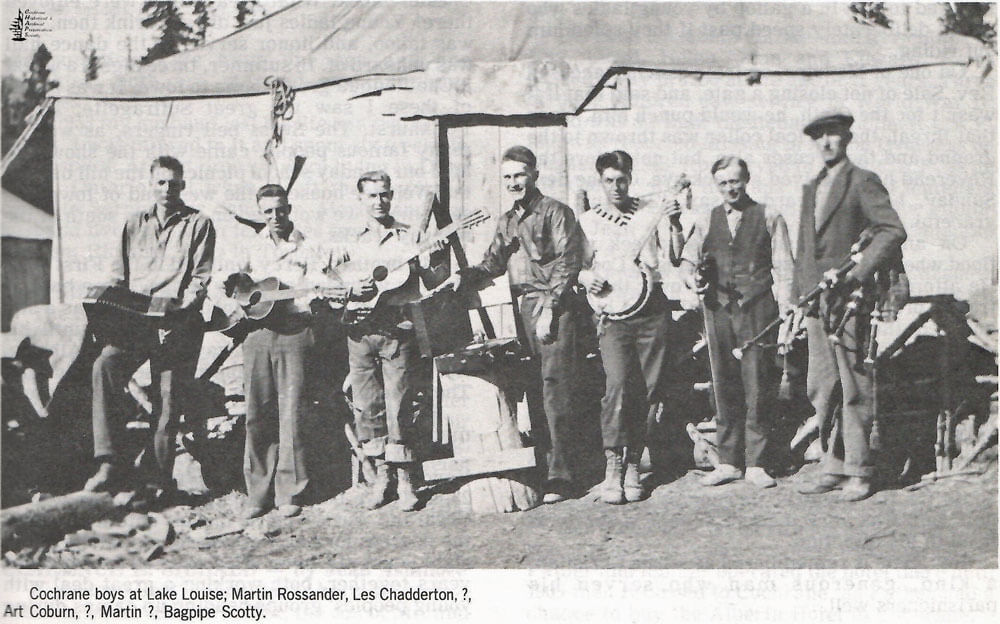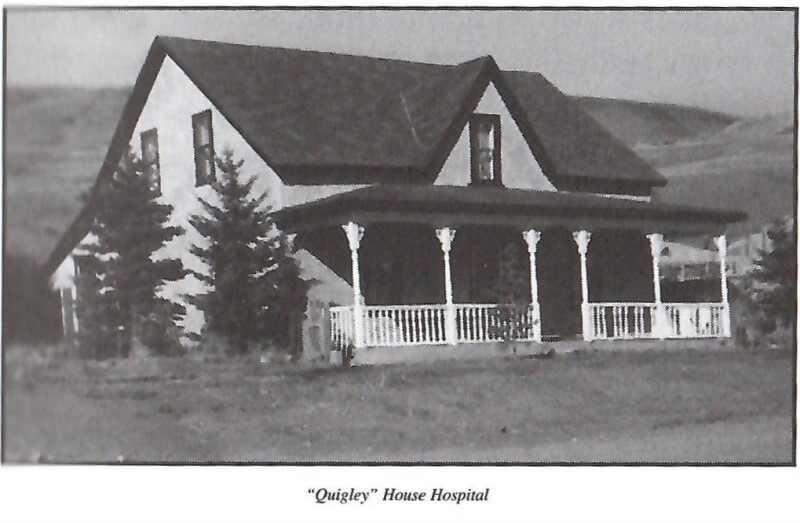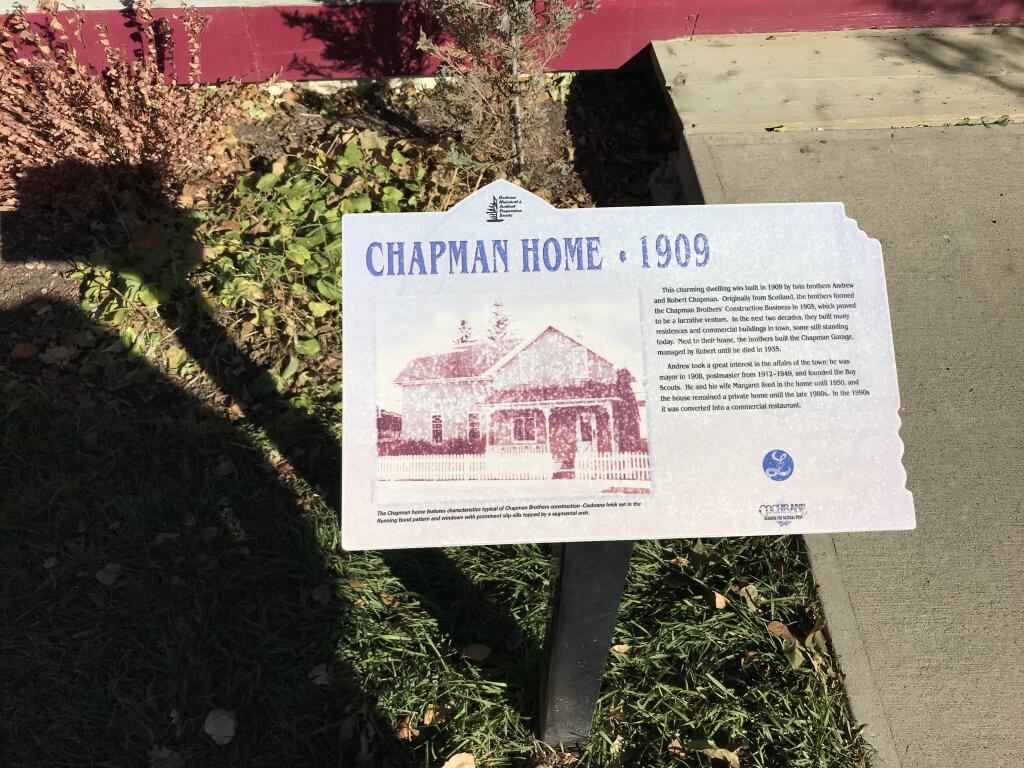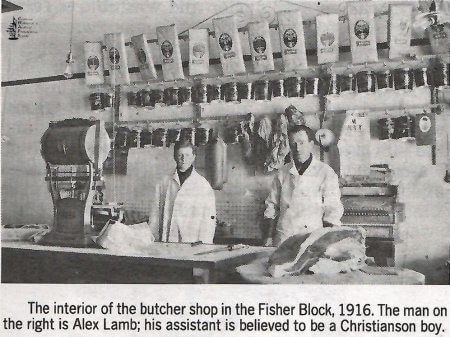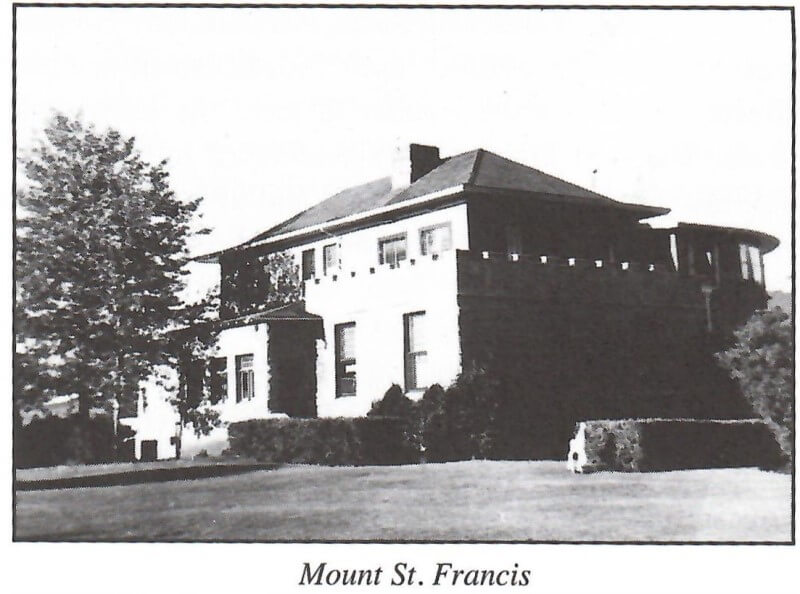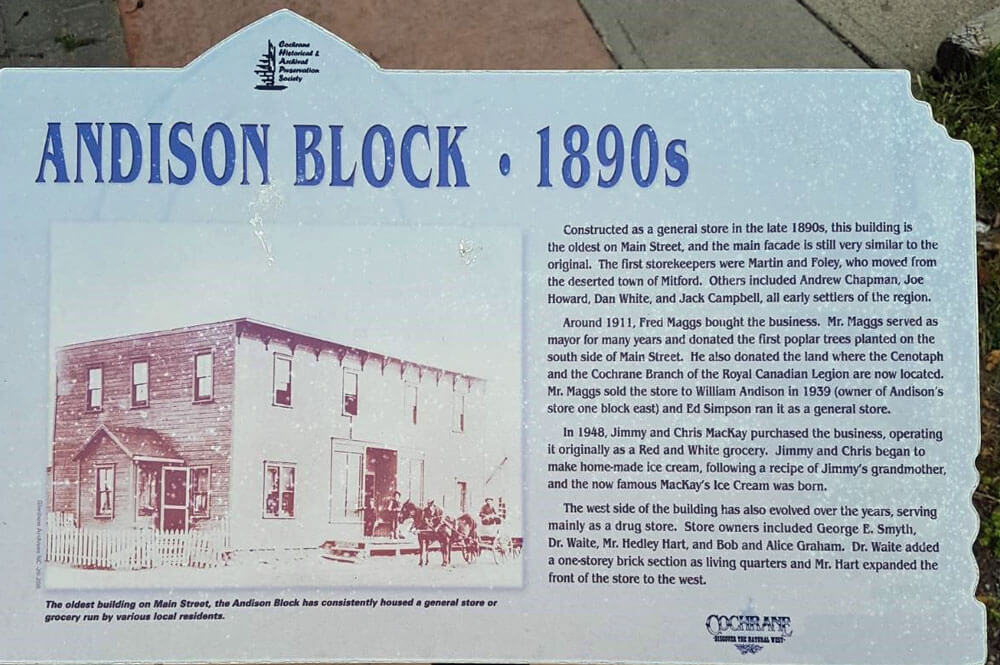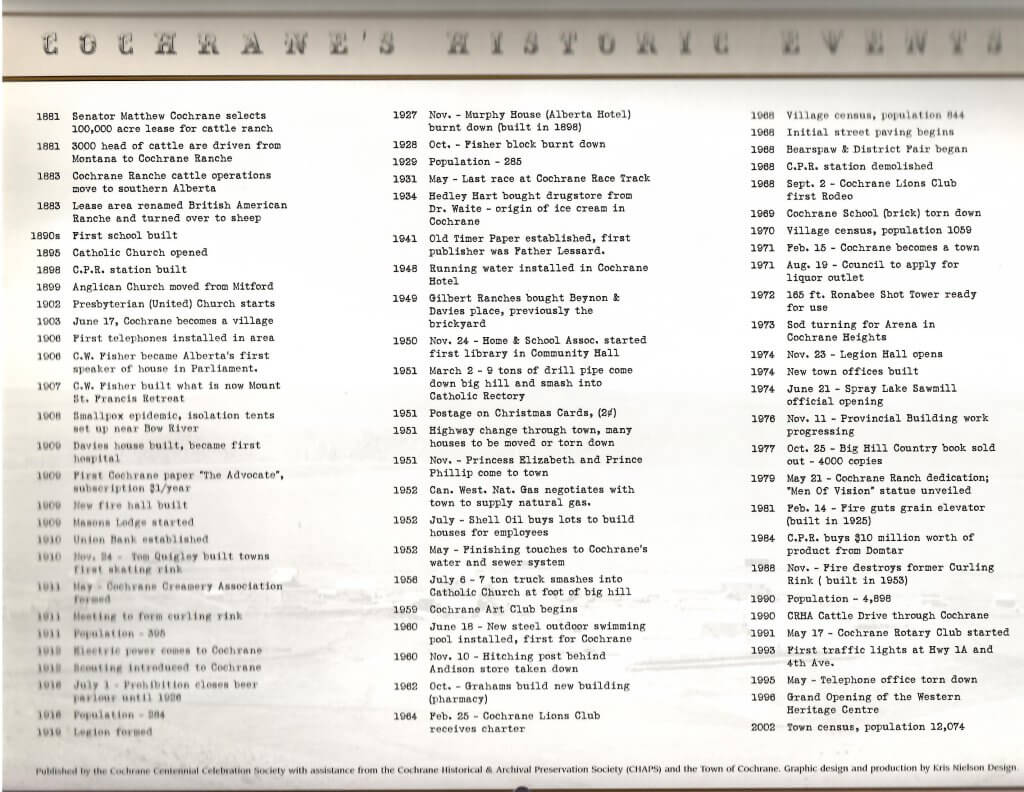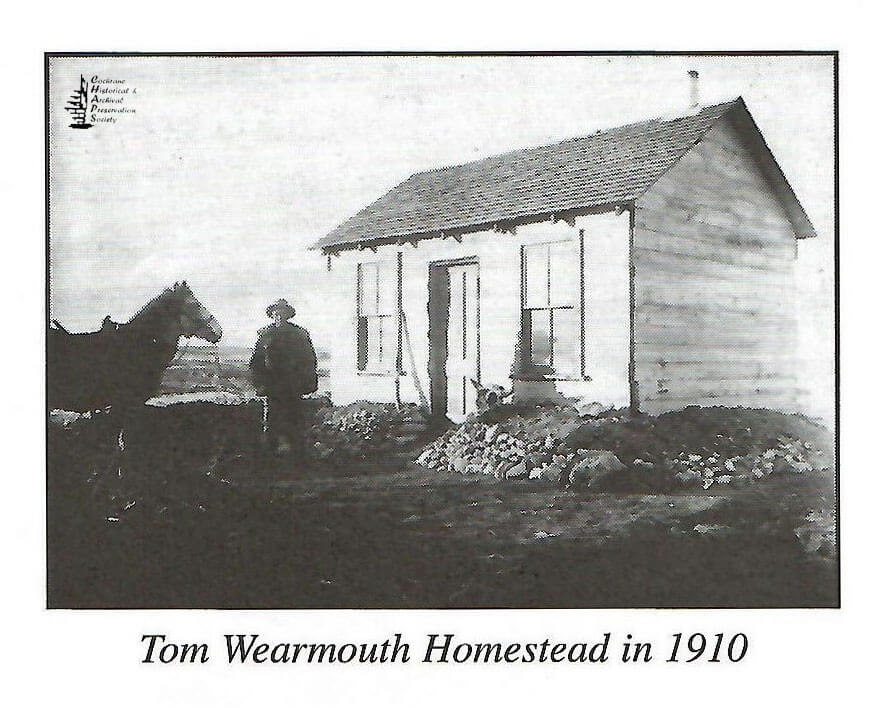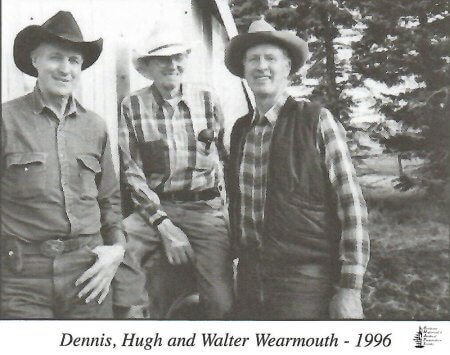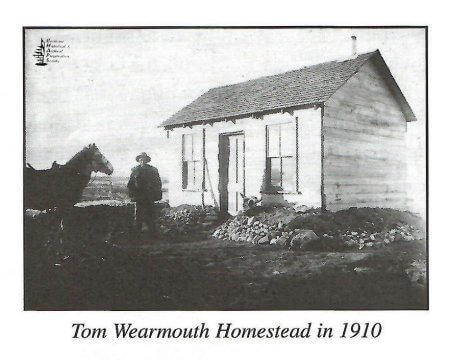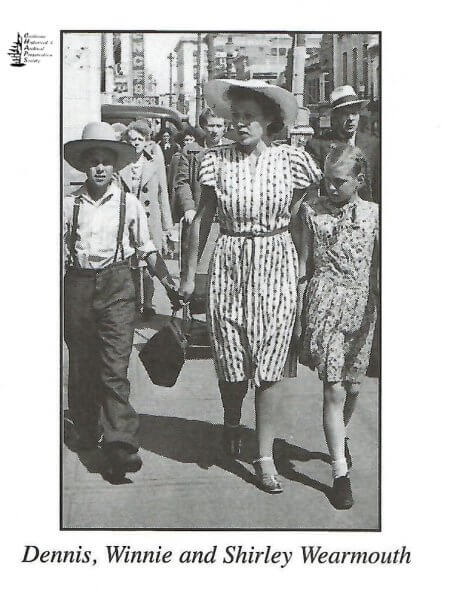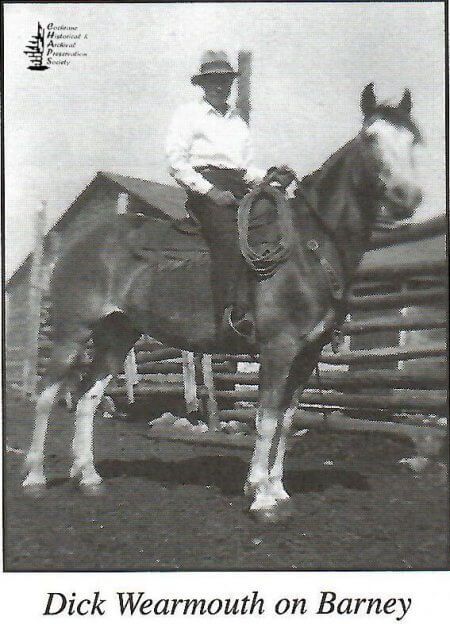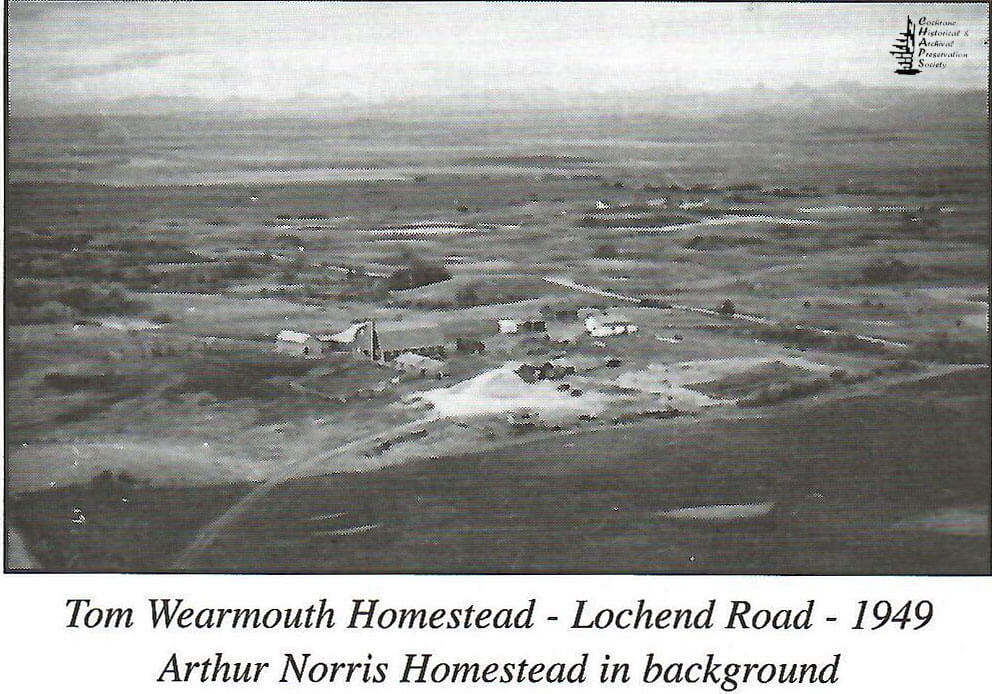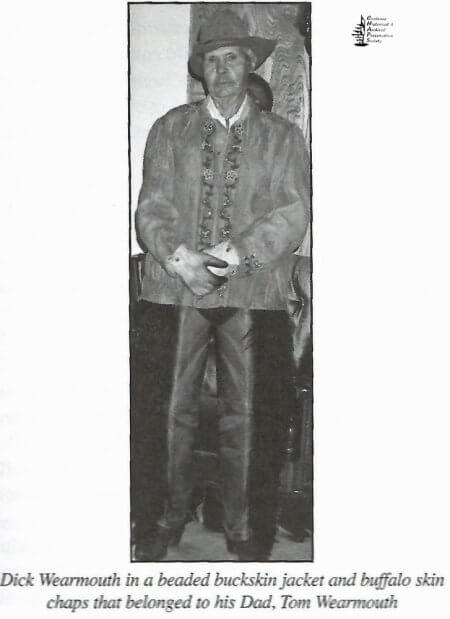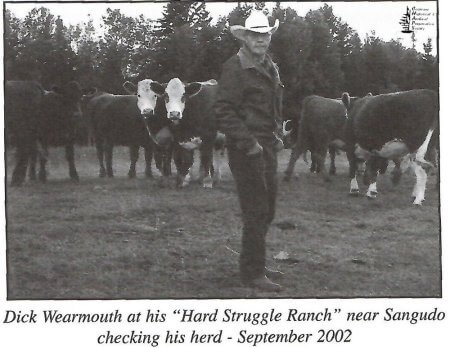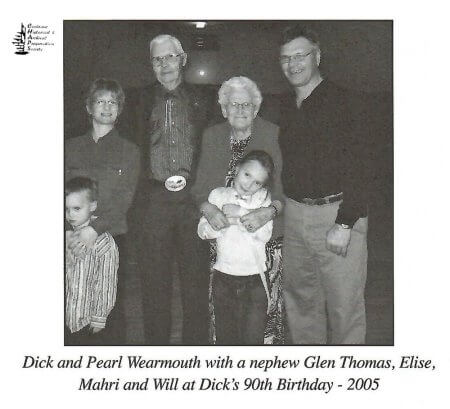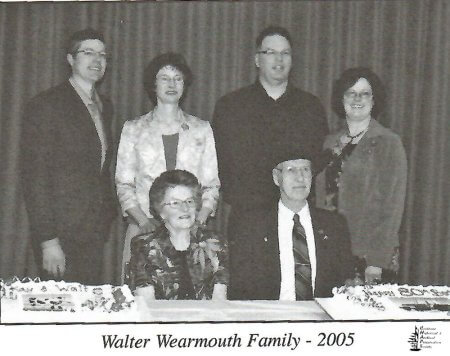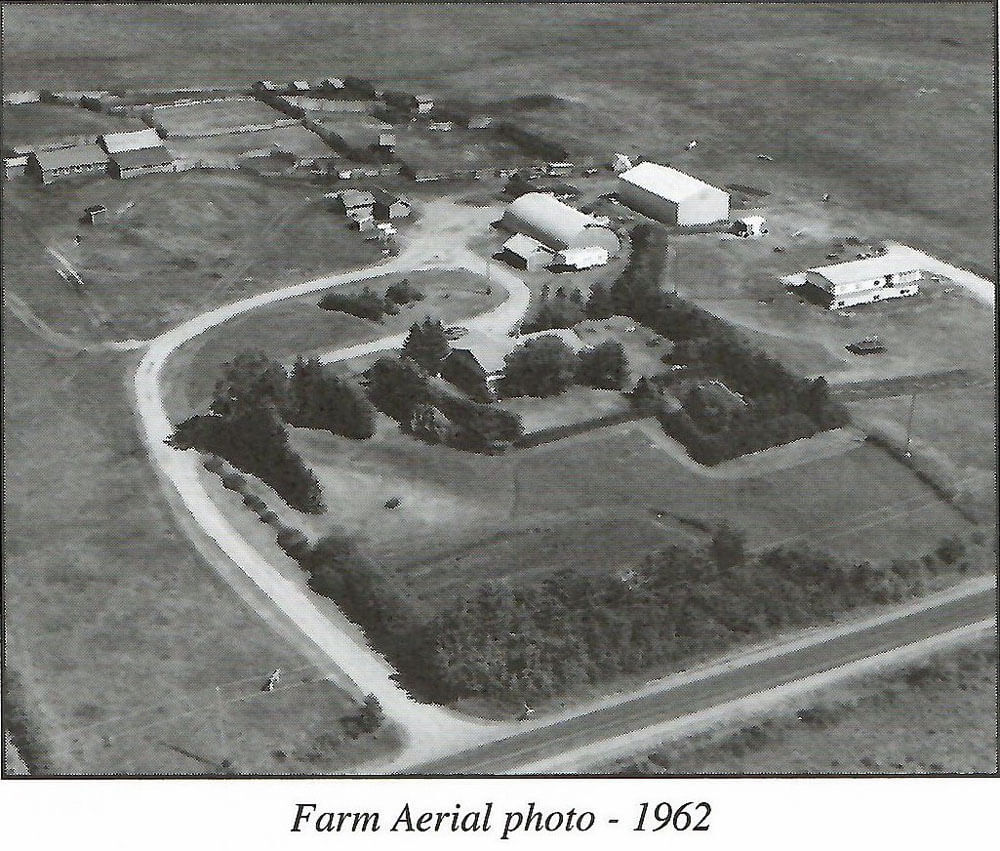– by Annie Kovaks pg 258 Big Hill Country 1977
In 1890 Bill Peyto came from Kent, England, to Cochrane. He took out homestead land west of Cochrane in the Montreal Valley on the SW14 30 27-5-5. When the Boer War broke out he went Overseas, then came back to the Cochrane area and took out more homestead land beside his first homestead. He kept trail and pack horses there during the winter. During the summer he did guiding and packing in the Banff area. He served Overseas in the 1914-18 War, and when he came back he joined the Warden Service in the Banff National Park. Peyto Lake is named in his honour. He passed away during the 1940s in Banff.
Steve and Maria Peyto and family, Steve Jr., Charlie, Lily, and Annie came to Cochrane from Kent, England, in 1906. They were actually on their way to Banff but Maria Peyto stepped off the train at Cochrane. The town was under quarantine for smallpox and they wouldn’t let the Peytos back on the train, so they had to make Cochrane their stopping place.
Steve went to work for the C.P.R. and stayed there for a number of years. He quit the railroad and went to live on a farm owned by Tom Fisher, east of the C. W. Fisher home. There they operated a dairy and shipped milk by train each day to a son in Banff, who delivered it from door to door. Steve Jr. and his brother Charlie worked for the Chapman brothers in 1910, in the construction business. Steve Jr. worked at Collins’ Brickyard for a while.
In 1910 and 1911 Peytos ran a bakery in Cochrane. In 1923 the Peyto family left Cochrane and went to Anthracite, near Banff, to run a dairy business there.
Bill Peyto’s homestead is now in the possession of the Griffin family.
Peyto Lake is the most famous lake in Banff National Park you may have heard of. It’s a turquoise blue glacier-fed lake 40 km north of Lake Louise and a popular stop on the famous Icefields Parkway. The brilliant display of blue is fed by the Peyto Glacier high above the lake and part of the Wapta Icefield.
Cameron Seagle and Natasha Alden, The Banff Blog Tweet
More Reading
